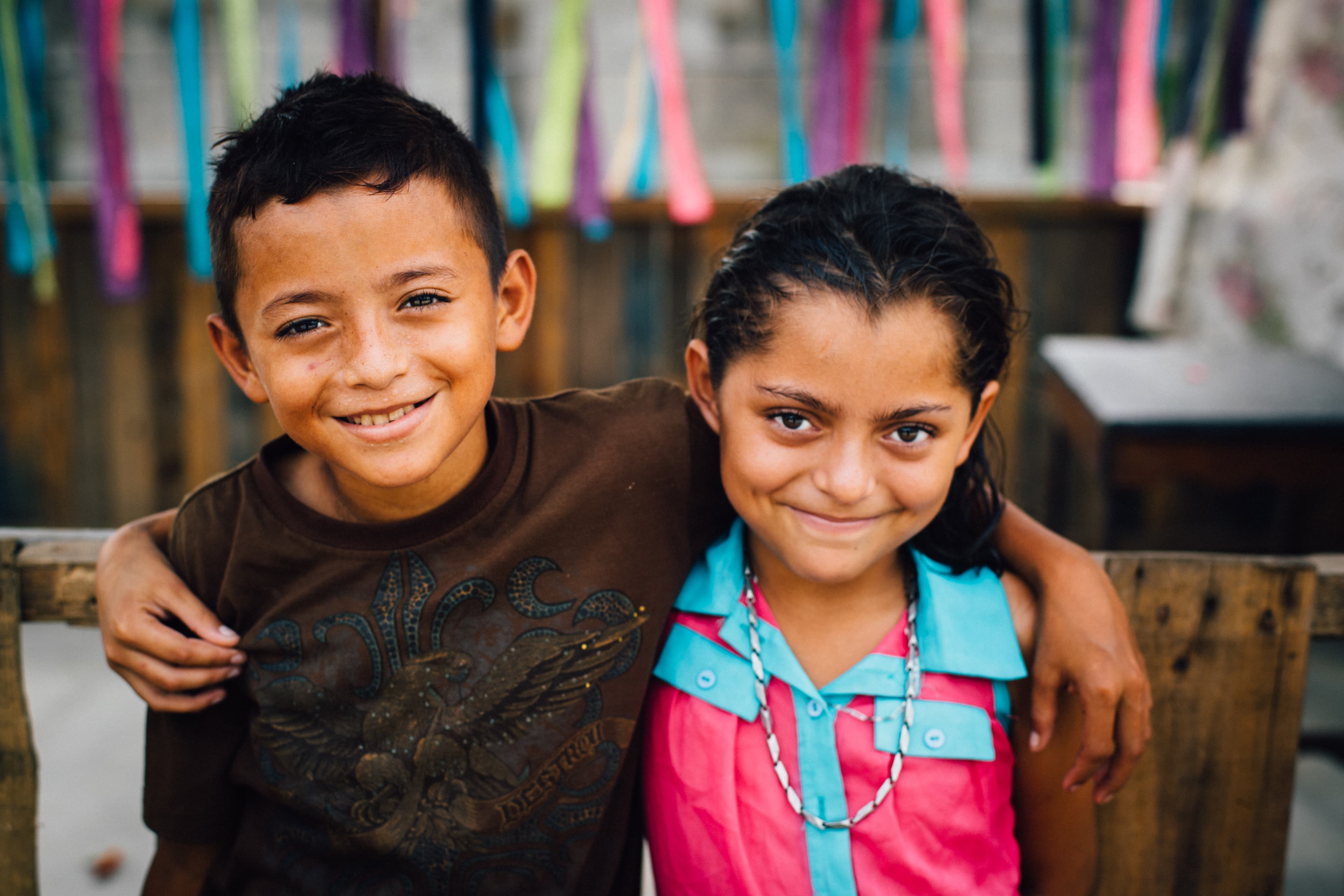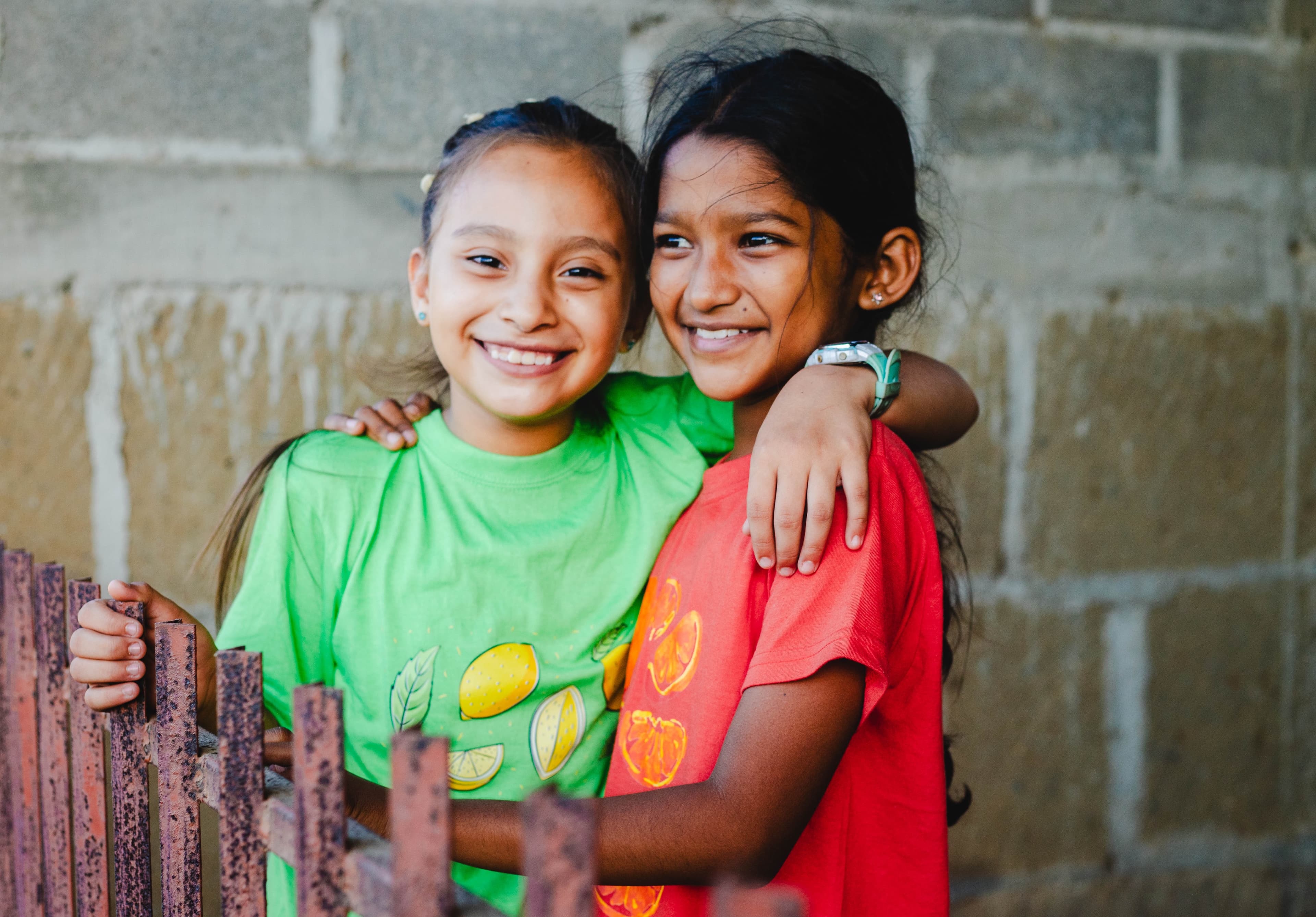Steps You Can Take to Raise Compassionate Children
When our daughter Hailey was 11, she heard about the devastation caused by Hurricane Katrina and wanted to help. She found out that kids her age needed backpacks and school supplies, so she quickly organized and collected 30 backpacks to send to New Orleans.
Children often have a natural desire to help when they see others in need. As families, we can nurture this desire by growing in awareness of the world’s needs and supporting each other to engage these needs with compassion.
Here are some ways to do this:
1. Pay Attention to Needs in Your Immediate Surroundings
When our son Isaiah was in preschool, he was particularly sensitive to the prevalence of garbage on the streets of our inner-city neighborhood. So, I took him on walks around the block, greeting neighbors and picking up trash.
In the circle of your family, friends and community, there are likely people who are fighting cancer, wrestling with addiction and mental health issues, experiencing the divide of race and income inequality or facing the challenges of being undocumented. Watch what your kids pick up on, engage their questions and affirm their concerns.
What aches do you see in your extended family, in your close relationships or in your neighborhood and city?
2. Learn About Global Issues, Needs and Struggles
Daily news reports provide a lot for families to talk about and explore. And there may be historic societal struggles you feel are important to investigate as a family, like global poverty, modern slavery or other human rights violations.
Books, movies and documentaries are a great way to deepen your understanding of these concerns. You may want to say, as we often have, “We’re watching this movie, not because it’s going to be fun or entertaining, but because we think it’s important to know about the reality of this situation. Afterward, we’d like to discuss what we’ve watched.”
You can follow up with an age-appropriate conversation that helps your child connect the struggles you’ve investigated with their interests and talents:
“You could write a poem or song that expresses how you feel about human trafficking.”
“I can imagine you using your people skills as a therapist or social worker to help survivors of genocide.”
“Maybe someday you’ll work on a more efficient fuel cell to address climate change.”
3. Look for Ways to Experience the Diversity and Aches of Our World
Some families can afford to travel internationally, but there are many opportunities to cross boundaries closer to home. When our friend Pam found out about efforts to resettle Syrian refugees in her neighborhood, she invited her 13-year-old son, Jessie, to come along with her to the organizing meeting.
We tend to be around people most like ourselves, which can prevent us from being aware of the beauty and struggles in other communities. You can start by visiting a park, cultural event or ethnic restaurant in a neighborhood with a population that is less familiar to you.
4. Find Creative Ways to Support and Serve
When kids find out about the struggles and challenges in our world, they naturally want to help. It’s most respectful to help them see these as opportunities to learn and join in rather than to fix.
Here are a few simple ways to serve and support:
Visit or bring a meal to someone who is sick.
Invite someone who is alone or far from home to celebrate a holiday with you.
Help at a local soup kitchen or shelter.
Help with a park or beach cleanup project.
Ways to Engage and Serve as a Family
Explain What and Why
Before going into a new situation, take time to explain what your child can expect and why you’re taking this new step. You might say, “Jesus invites us to welcome lonely people and do what we can to heal the hurts we see in the world.”
Talk About Safety and Boundaries
When our kids were small, we had a chance to connect regularly with a group of neighbors living in tents under a nearby freeway overpass. On Sunday afternoons, we would bring games and instruments, food and a grill to cook, eat and hang out with our neighbors. We knew that for the kids to have a positive experience, they would need to feel safe.
Before walking over to the location, we talked about safety and gave some specific guidelines, like “watch out for dirty needles” and “stay close to Mom or Dad at all times.” Our neighbors always loved seeing our kids, and they often showered them with gifts from the street, which we let them keep if they could be washed.
Speak of People Respectfully
It’s easy to want to put a label on someone who is different from us. I unintentionally did this once, and my son Noah offered an alternative. “Dad, I don’t think we should call our friends homeless. They have homes. Their homes are just tents on the sidewalk.”
It’s important to avoid stigmatizing or labeling language. If you don’t know what terms would be respectful, do some investigating or simply ask.
Reflect on Your Experiences
After you’ve taken a new step to care, help your kids process the experience. “How did that feel? What did you notice? What questions do you have?”
We are invited to join God’s heart of compassion, and this is something that parents and kids can learn to practice together.
About the author: Mark Scandrette is the author of Belonging and Becoming: Creating a Thriving Family Culture and The Ninefold Path of Jesus: Hidden Wisdom of the Beatitudes. He is founding director of ReIMAGINE: A Center for Integral Christian Practice in San Francisco and is an ambassador for Compassion in universities and churches.



